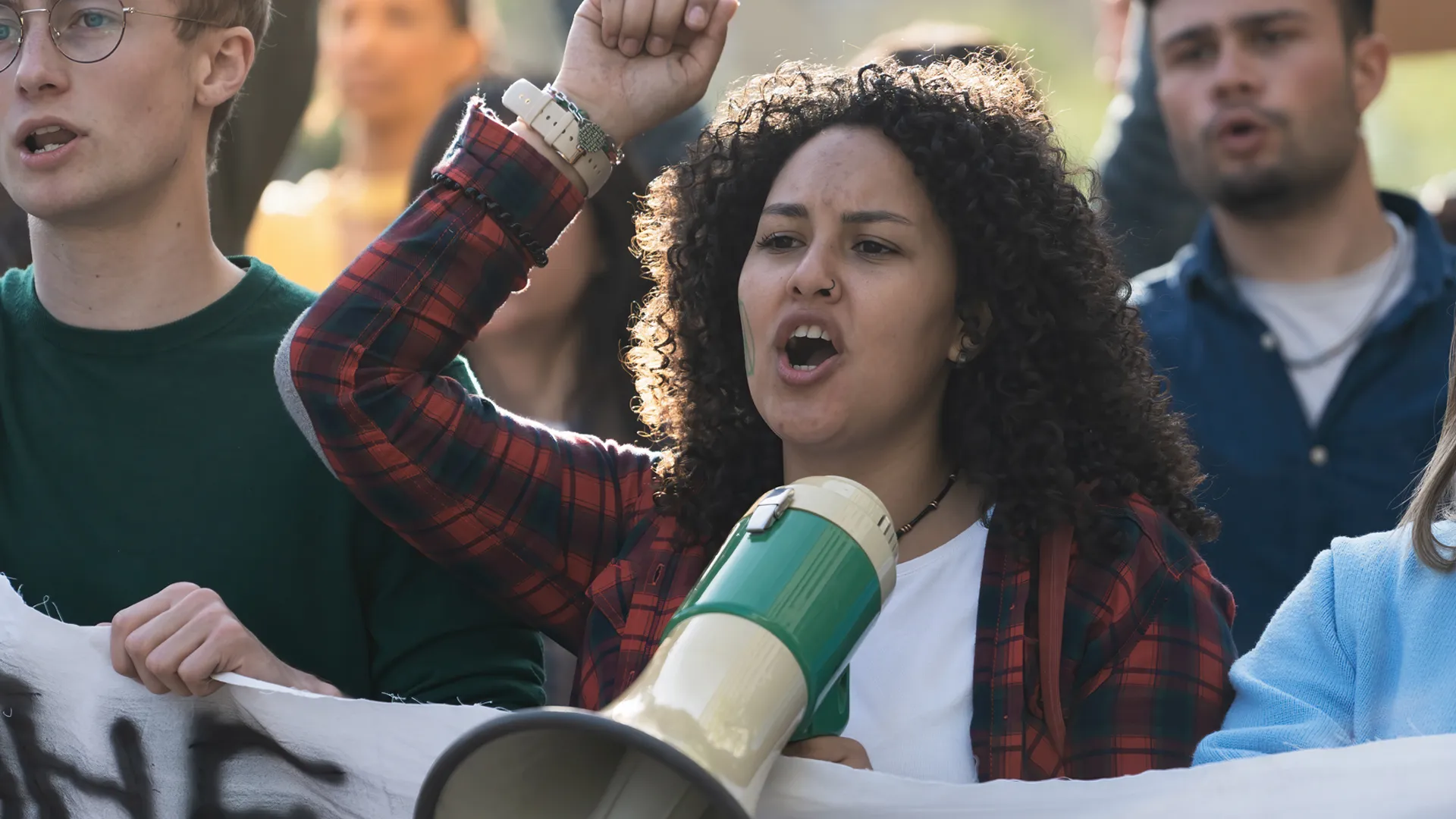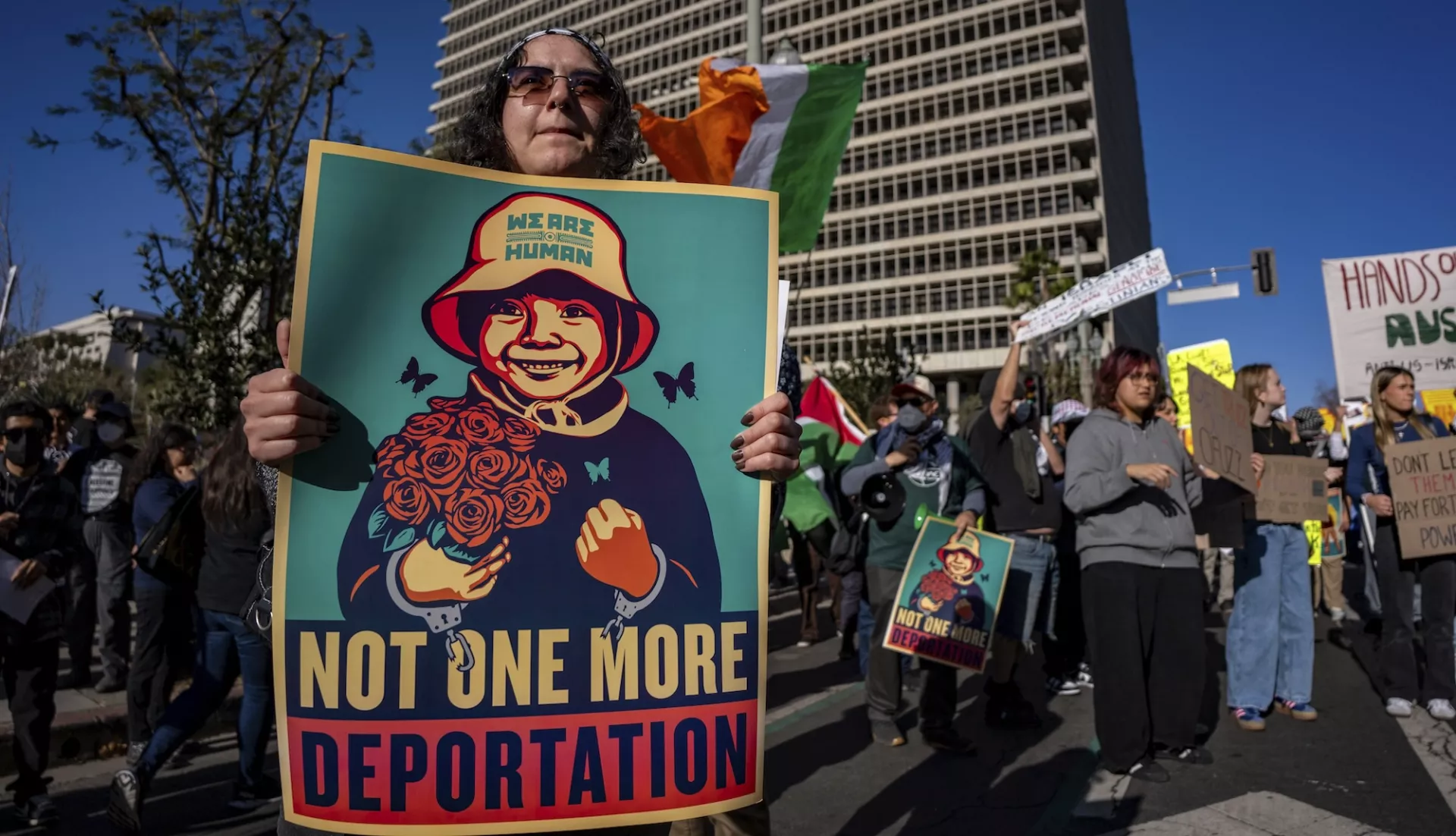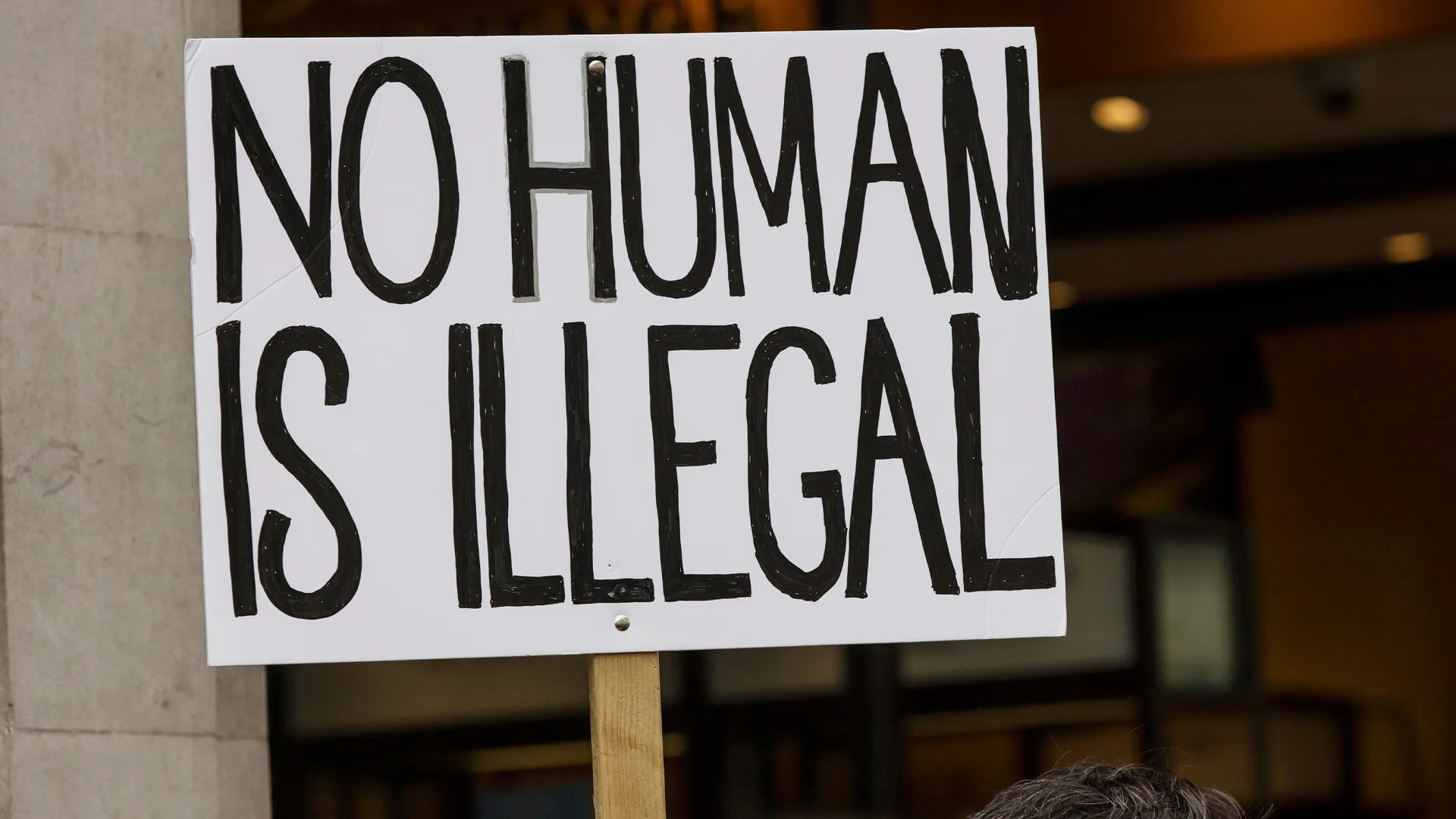Key Takeaways
- The effects of ICE raids are present in classrooms, cafeterias, and libraries and can be often be measured in empty desks and quiet streets as student attendance drops.
- Through their resilience, Los Angeles students refuse to be pushed out of public life.
- Whether the momentum they’ve built can transform fear into lasting safety will depend on whether the broader public sees this as their fight, too.
In Los Angeles, on the last Monday of the 2024-25 school year, the library at William Jefferson Clinton Middle School, which Teacher Librarian Kirti Baranwal describes as “a place of joy with a lot of laughter and learning,” felt hollow. The library is normally filled with students who drop by every morning to greet her and play games, but that day, many were simply gone, Baranwal recalls.
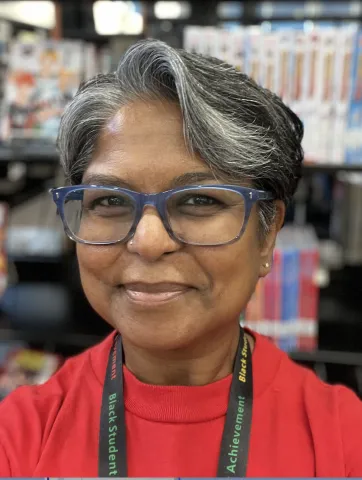
Baranwal confirmed with her school’s attendance counselor that 25 percent of the student body was absent following U.S. Immigration and Customs Enforcement (ICE) raids that began on June 6. She didn’t need numbers to notice the change. “I didn’t see the familiar faces I do every morning,” she says. This silence signaled that the safe atmosphere schools are meant to provide had been punctured.
ICE raids and the forced removal of a parent have upended the daily life of L.A. public schools, replacing year-end celebrations with fear, and distancing students from classrooms that once felt like safe havens. The raids have struck hardest in communities where most families are of mixed immigration status, forcing children to navigate the constant threat of separation alongside issues of food insecurity and housing instability.
In response, students are walking out, organizing campaigns, and pushing Los Angeles Unified School District (LAUSD) to invest in its most vulnerable students. The fight over immigration enforcement is unfolding daily in L.A. schools, reshaping education, and testing whether the district and its communities can keep children safe.
A City on Edge
In Lincoln Heights, Victoria Montes, a college advisor at Francisco Bravo Senior High Medical Magnet School, watched fear spill out into the streets. By July, she says, they were empty. Families, many with at least one undocumented parent, avoided leaving home for basic tasks like laundry or groceries.
Even student milestone events weren’t safe. Parents skipped graduations to avoid the risk of encountering immigration officers, according to Montes. With approximately 80 percent of her students coming from mixed-status families, the vast majority of her students were living with a constant fear of separation.
She spoke of the mental load this puts on children, imagining every day that a parent might not be home after school, wondering how they would care for younger siblings, or how the rent would be paid if the main breadwinner was detained.
“If that’s the mindset you’re in…you’re just surviving,” she says. She describes that this fear makes it nearly impossible for students to focus.
Student Action Against Fear
But for many students, fear wasn’t the end of the story. In late January, walkouts began to spread across Los Angeles schools. Students, some as young as middle school, left class to protest raids happening across the country and the policies behind them, often on behalf of parents who couldn’t safely join public demonstrations, according to Montes.
Students made signs, marched, and chanted even when unsure of how the federal administration will act next. As the actions continued, community organizations stepped in, teaching student leaders how to set objectives, coordinate across campuses, and ensure there was a clear focal point for each action.
Rallies grew and clubs supporting undocumented students formed networks across schools. Montes called the movement “extremely student-led,” noting how quickly young people adapted from spontaneous protest to strategic organizing.
Building Campaigns in Solidarity
At Edward R. Roybal Learning Center, history teacher Jon Paul Arciniega saw the walkout energy connect with a year-long campaign to protect Black, undocumented, and LGBTQ+ students. The campaign’s demands ranged from expanding the Black Student Achievement Plan, a program that addresses educational disparities faced by Black students, to creating queer-affirming spaces, and funding immigrant resource centers.
When the raids began, the campaign expanded into a multiracial coalition that tied immigrant rights to broader equity issues in LAUSD. Student leaders from “Students Deserve”—a youth-led organization made up of students, parents, educators, and their partners in the Police-Free LAUSD coalition—launched a visibility blitz: Printing 17,000 stickers and flyers that read “LAUSD must protect Black, undocumented and LGBTQ students.” The stickers appeared on laptops, water bottles, and classroom doors.
This was paired with steady political pressure. Students attended weekly school board meetings, delivering public comments to press their demands. By June, their persistence had paid off. LAUSD committed the following for the 2025-26 school year:
Sustaining the energy wasn’t always easy. Some students grew frustrated at the slow pace of change, questioning whether their efforts mattered. Arciniega reminded them:
Quote byJon Paul Arciniega , history teacher at Edward R. Roybal Learning Center
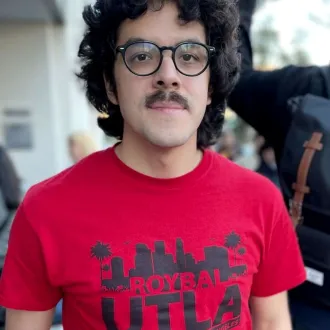
Union Muscle in the Fight
Behind much of the organizing, advocacy, and victories is United Teachers Los Angeles (UTLA). Baranwal described the union as doing “everything they can to fiercely protect students and families during this time,” pointing to their role in building coalitions with parents and students, organization like Students Deserve and the Police Free LAUSD Coalition, and elected pro-public education school board members to secure millions in funding for equity programs.
Montes outlined practical efforts: UTLA produced “Know Your Rights” door hangers with QR codes linking to resources, handed them out in communities, distributed Red Cards to assert constitutional rights, and organized workshops for students and families. Members joined rapid-response networks to document ICE actions, evidence that has helped get charges thrown out in court.
Arciniega notes the union is pushing the district to go further, calling for safe perimeters around schools, virtual diploma programs for deported students, expanded counseling before the school year begins, and basic needs support for families too afraid to leave their homes.
Why This Moment Matters
For Baranwal, the raids are part of a larger attack on working-class communities. “Now more than ever, as our most vulnerable communities become more militarized, people need to step up and use our leadership skills to organize for justice,” she says.
Montes wants those outside L.A. to understand the stakes: Imagining, at age 13, coming home to find a parent gone, figuring out how to care for a younger sibling, and living each day in a destabilizing uncertainty. “It’s disgusting… unnecessary… unjust and it’s wrong.”
Arciniega’s message is one of persistence. The district’s commitments are historic, but “the investment does not stop here… Massive investments in our communities [are needed] … not more austerity, not more privatization.”
